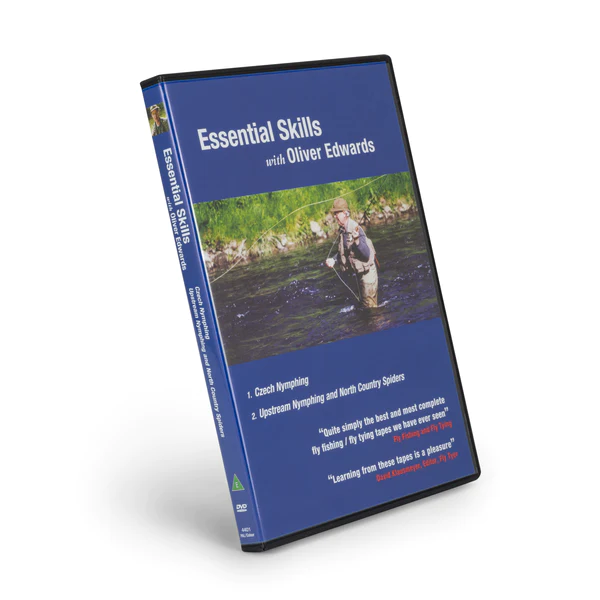Fly fishing for trout is not just a sport; it's an art form that melds nature, patience, and skill into a harmonious experience. Whether you're a beginner eager to cast your first line or an experienced angler looking to refine your technique, understanding the fundamentals of fly fishing for trout can elevate your outdoor adventures. At Learn-to-Flyfish, we are dedicated to helping anglers of all levels unlock the secrets of successful fly fishing. Here’s your essential guide to mastering this elegant sport.
The Basics of Fly Fishing for Trout
1. Understanding Trout Behavior
Trout are known for their wariness and varied behavior, which can change with the seasons, the time of day, and environmental conditions. To successfully fish trout, one must understand these patterns. For instance, during the early morning or late evening, trout are more likely to feed on surface insects, making this the ideal time for dry fly fishing.
2. Choosing the Right Gear
Selecting the right equipment is crucial. A standard setup includes a fly rod, reel, line, and flies. The rod should be matched to the size of the fish you are targeting; a 9-foot, 5-weight rod is a versatile choice for most trout fishing scenarios. Your fly line should complement your rod and help deliver flies with precision. As for flies, having a variety of patterns that mimic local insects and other trout foods is essential.
3. Learning Casting Techniques
Fly casting is fundamentally different from casting with spin fishing gear. It requires you to cast the line rather than the lure. The basic cast involves lifting the line from the water and using a smooth, whipping motion to propel the line forward. Practice is key, and beginning in a wide-open space can help you master your casting technique without the worry of tangles or snags.
Advanced Fly Fishing Techniques
1. Reading the Water
Advanced fly fishers know how to "read the water" — identifying where trout are likely to be. Look for features like rocks, fallen trees, and water currents, as these can be natural hiding spots for trout. Eddies and deeper pools are also promising areas, as insects often get trapped here, attracting hungry trout.
2. Matching the Hatch
One of the most thrilling aspects of fly fishing is "matching the hatch," where anglers select flies that closely resemble the insects currently hatching. This requires observation and a bit of entomology. Keeping a journal of hatches and the successful flies used can improve your future outings.
3. Stealth and Approach
Approaching the fishing spot without alarming the trout is crucial. Move slowly and keep a low profile. Trout have excellent peripheral vision and can detect movements from above the water surface. Wearing camouflage or dull-colored clothing can help you blend into your surroundings.
Ethical Fishing Practices
At Learn-to-Flyfish, we advocate for responsible fishing practices to ensure the sustainability of trout populations. This includes practicing catch and release correctly, handling fish with wet hands, and using barbless hooks to minimize injury to the fish.
Conclusion
Fly fishing for trout offers a rewarding connection to nature and a deep sense of accomplishment when you successfully land a fish. With the right knowledge, gear, and respect for the environment, you can enjoy this enriching sport for many years. Whether you're on a serene mountain stream or a bustling river, the art of fly fishing can provide a profound sense of peace and excitement. Fly fishing videos are invaluable for expanding your knowledge and skills in this timeless pursuit. Learn how to fly fish for trout with expert guidance and tips from our comprehensive video tutorials. Join us at Learn-to-Flyfish to start your journey into the world of fly fishing, where every cast brings a new opportunity for discovery and achievement.





Comments